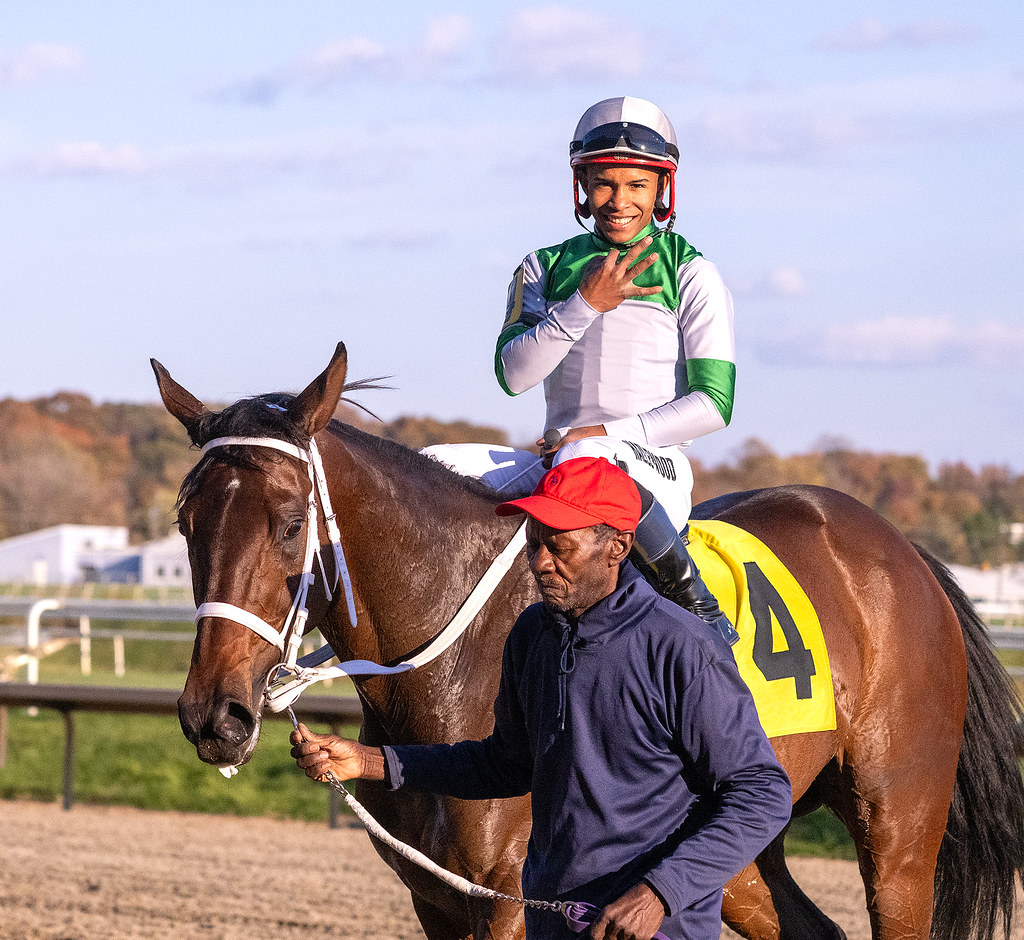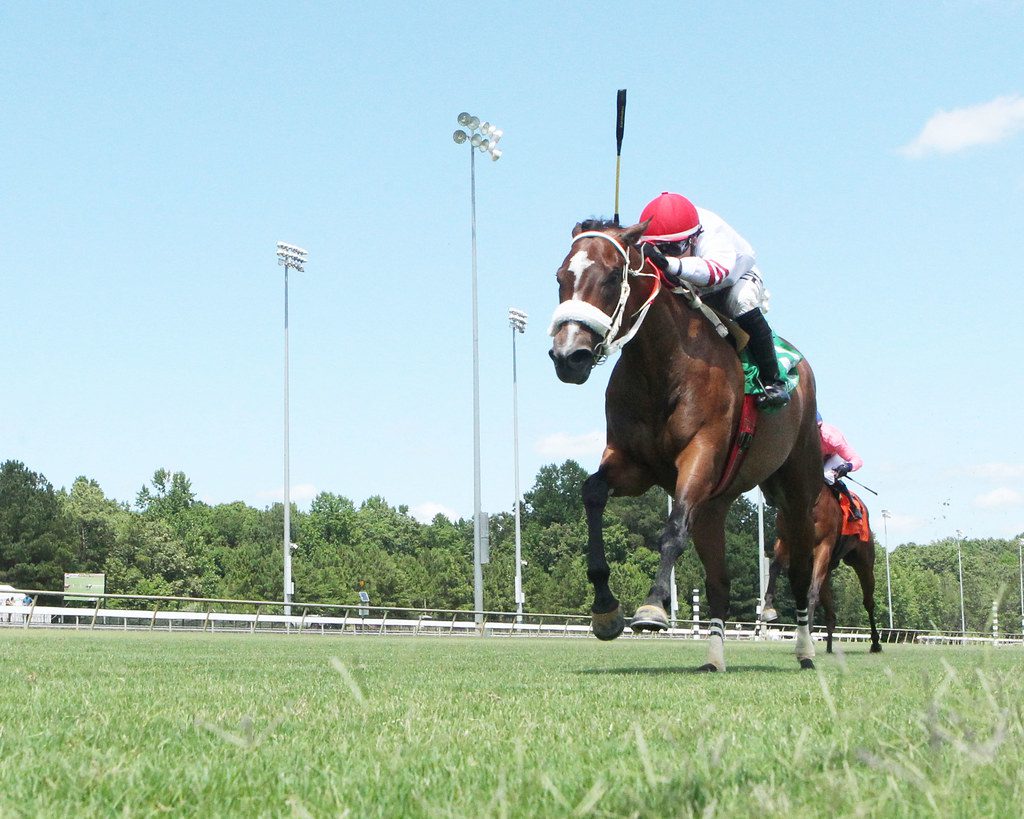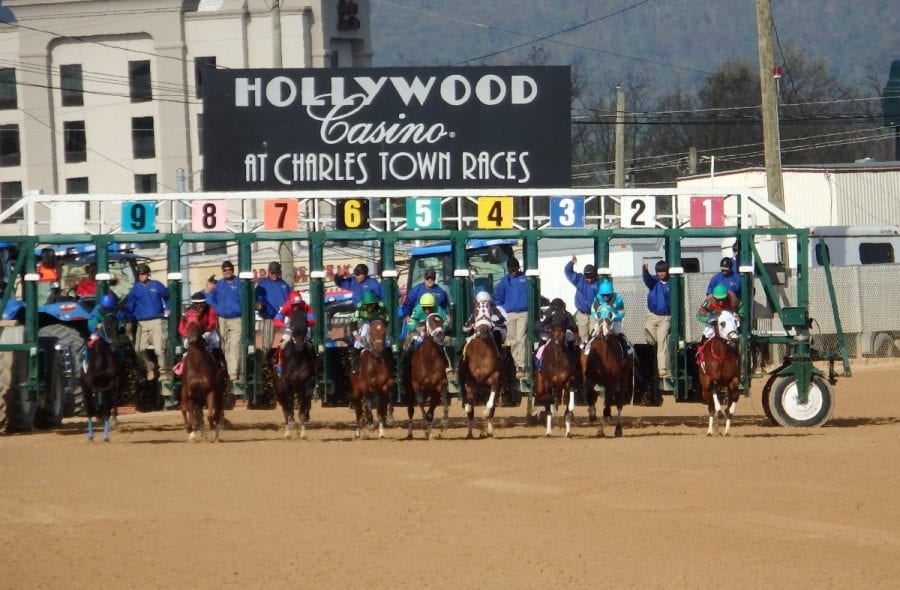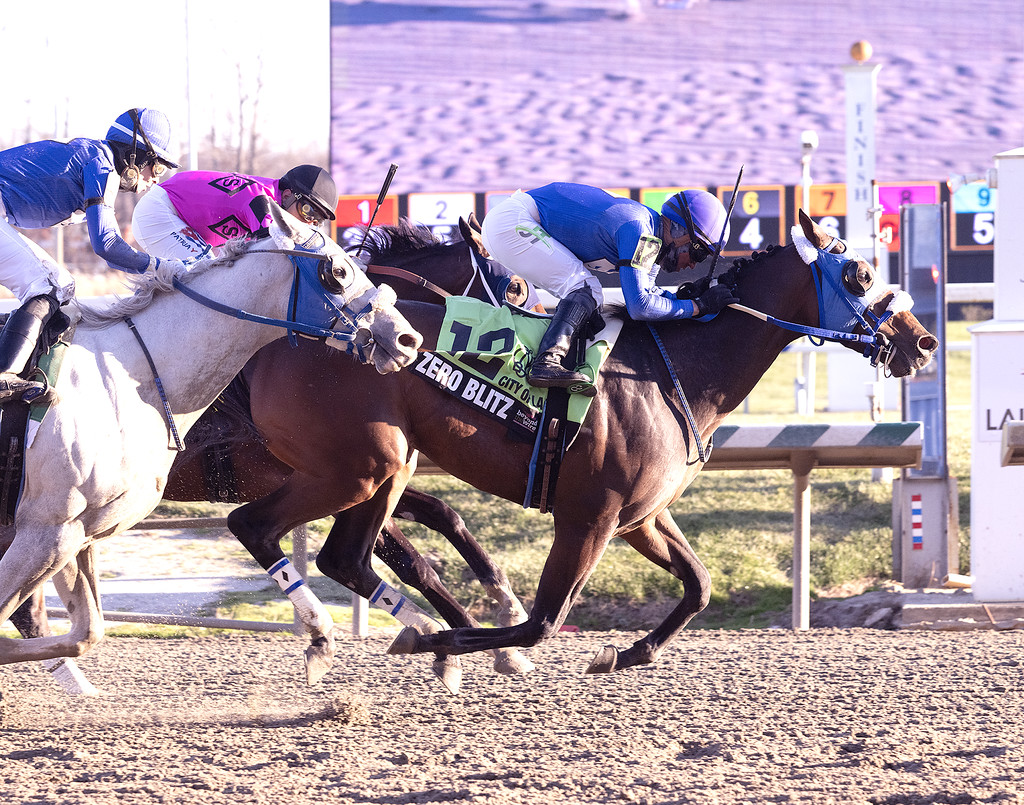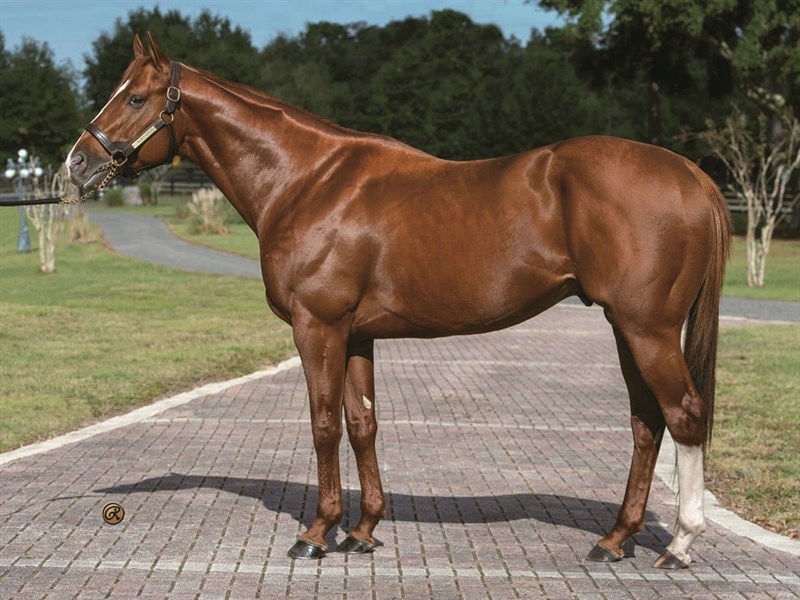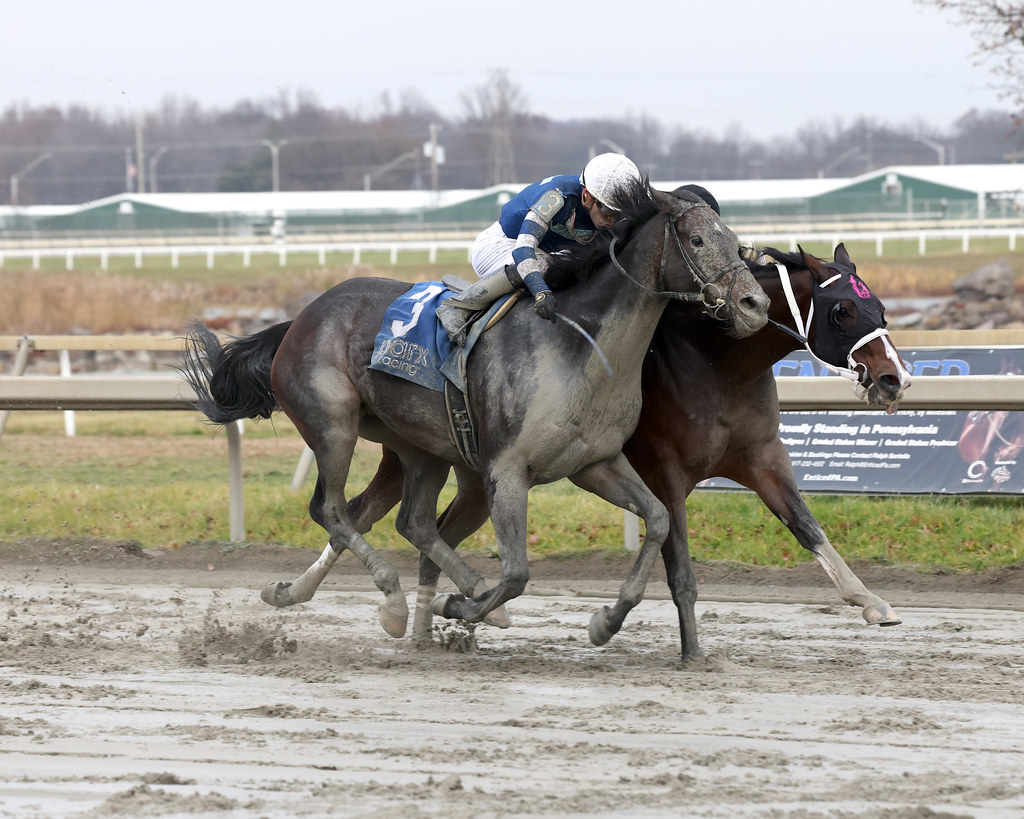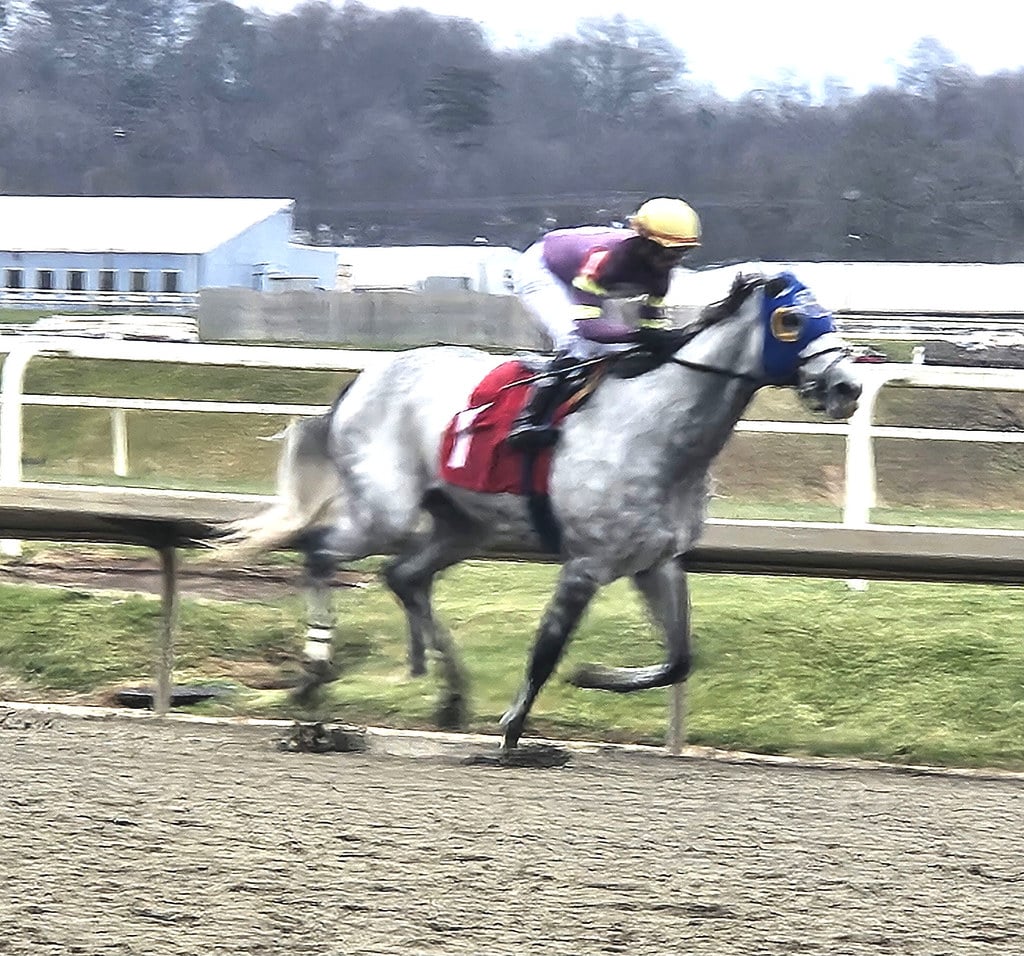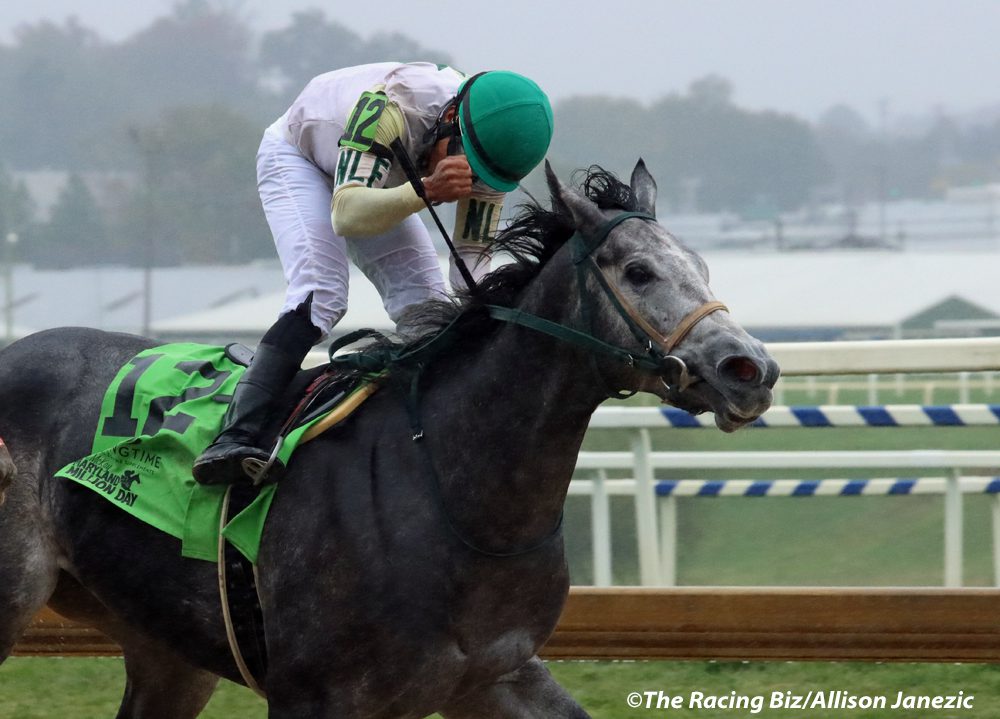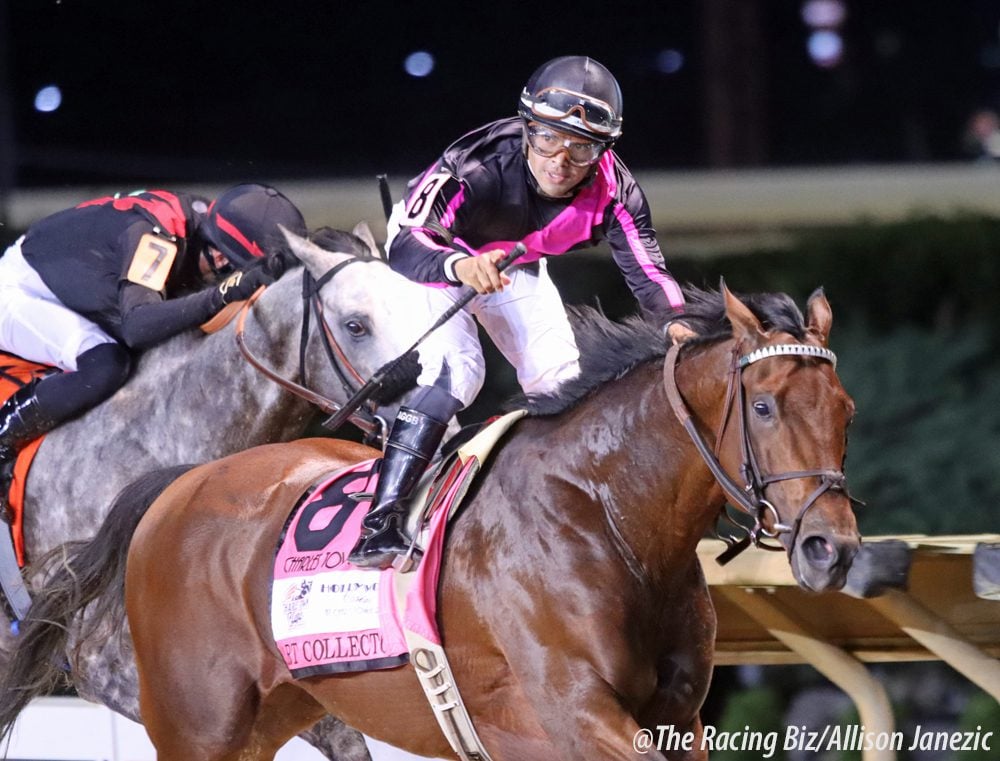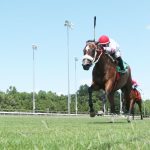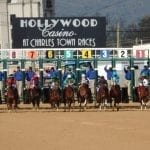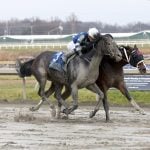How tiny Marlboro Race Track took down a Governor
A half-century ago, Maryland had a half-dozen racetracks competing for a precious commodity: racing days. As those battles heated up, the game got dirtier, with a surprising name at its center: Marlboro Race Track.
In 1971, the half-mile track sought more dates, but Governor Marvin Mandel vetoed the legislation granting them. The following year, when the same legislation came around, Mandel’s objections were gone and Marlboro got its days.
What happened? Prosecutors alleged that Mandel’s change of heart came from a series of bribes provided by his friends in the racetrack’s ownership. By the time the dust cleared and an appeals court vacated Mandel’s conviction, the governor had spent nearly two years in jail and the track at the center of it all had closed for good.
The story of the little racetrack and the Governor’s fall from grace is one of the oddest and most unbelievable tales in an industry full of odd and unbelievable tales.
These days, Prince George’s Equestrian Center occupies the land that was once the Marlboro track. Located in Upper Marlboro, it is home to indoor and outdoor facilities for a variety of horsey pursuits, from hunter/jumpers sailing over a course of obstacles to swift quarter horses barreling through the ring. This agglomeration of barns, arenas, and more resides on a site that has played host to equine sports since Maryland’s colonial days.
With its proximity to Washington, D.C., the area has been home to racing in one form or another since its first recorded race meets around 1745. Built in the waning years of the 19th century, Marlboro was part of a constellation of racetracks around Maryland, each competing for the limited racing days allotted by the state government. In the 1970s, that competition led to a scandal that went all the way up to the state’s highest office.
A Popular Governor
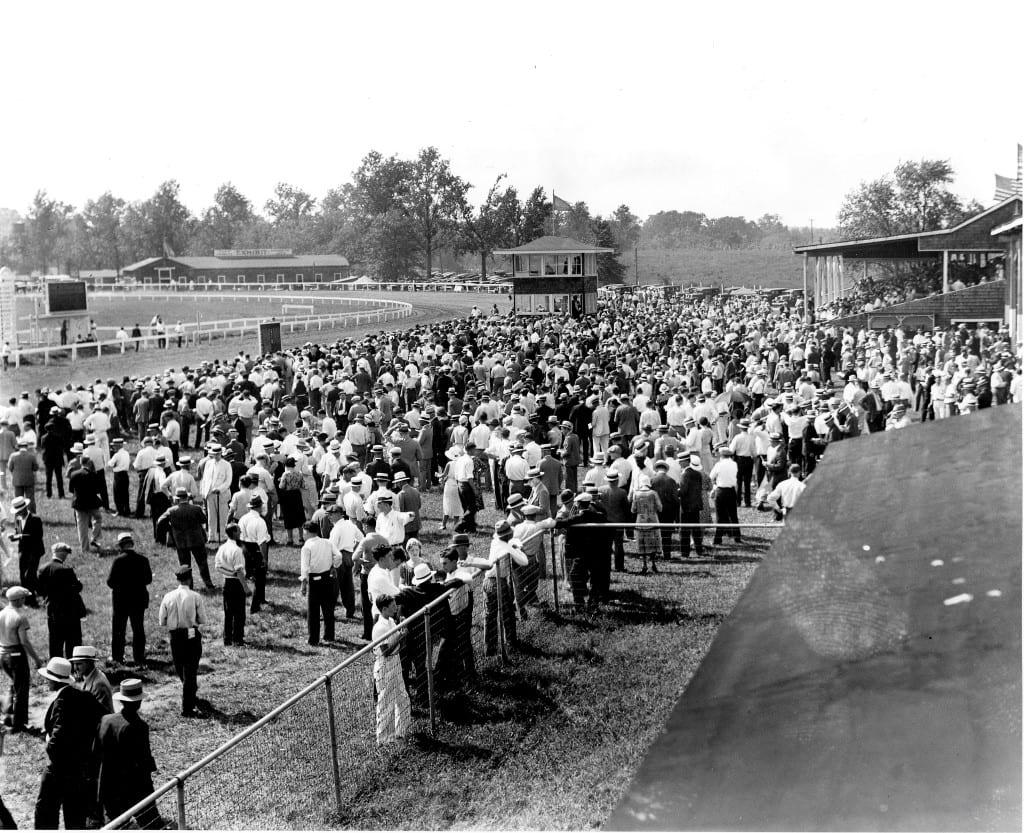
Marvin Mandel was born in Baltimore in 1920, got his education in the city’s public schools, and then received his bachelor’s degree from the University of Maryland and a law degree from the University’s law school in 1942. After his admission to the bar that same year, the future governor spent three years in the Army until the end of World War II in 1945. He then went on to practice law in Baltimore, eventually becoming a partner in Mandel, Gilbert, Rocklin & Franklin.
Mandel started his political career as a justice of the peace in 1950 and then progressed up through the ranks of state politics, serving in the House of Delegates and then as Speaker of the House until 1969. In 1968, Richard Nixon ran for President with then-Maryland governor Spiro Agnew as his running mate. They won and Agnew resigned his post as governor, leaving the Maryland state legislature to choose the person who would serve out the remaining two years of his term. They chose Marvin Mandel.
As governor, he navigated a tumultuous era of civil rights and state governmental reform effectively enough to get elected twice. His administration proposed eight constitutional amendments, including one that transformed the state’s court system, and reorganized a myriad of bureaus within the executive branch into eleven departments with cabinet-level secretaries overseeing them.
He weathered a messy divorce – his soon-to-be ex-wife declined to move out of the Governor’s mansion — and remarriage while in office, something that would have ended others’ careers or time in office at least and retained the backing of voters. However, even that popularity could not insulate him from a scandal involving historic Marlboro Race Track, crimes that would ultimately lead to his undoing.
A Question of Dates
Established in 1920, the Maryland Racing Commission oversees the state’s racetracks, harness, Thoroughbred, and steeplechase racetracks, and assigns dates for each track’s meets.
That’s easy now. The Maryland Jockey Club owns the two so-called “mile tracks,” Laurel and Pimlico, and the State Fair races only a brief seven-day meet in Timonium.
But back then, there was fierce competition for live days, with the mile tracks slugging it out for the best days and the half-milers trying make a space for themselves.
“They used to fight every day,” former MRC executive director Mike Hopkins told The Racing Biz late in 2024. “The Commission had discretionary days, and the racetracks, because of separate ownership, would work against each other as far as trying to get the better days.”
In late 1970, the MRC released its 1971 calendar, distributing 290 days among the mile tracks, Bowie, Laurel, and Pimlico, and smaller half-milers like Marlboro, Hagerstown, and Timonium. Hagerstown got 22 days in the first half of the year while Marlboro received 20 days in the second half.
But Hagerstown was running into issues being ready for its spring meet, as the MRC had mandated certain improvements that the track’s officials were unsure they could make prior to its May 22 opening. Financial difficulties prompted Hagerstown’s ownership to ask the state government for permission to sell their dates to another racetrack, with Marlboro bidding for the additional dates that spring. Mandel vetoed the bill enabling that sale, saying that it was unconstitutional although the attorney general’s office said otherwise.
The Maryland Racing Commission instead awarded the dates to Laurel. Rumors of Marlboro’s sale to one of the state’s major racetracks swirled, but the ownership denied that any sale was imminent, saying that no one had accepted their price of $3 million.
In late December 1971, the track did sell, for $2.4 million to a group headed by Eugene Casey, a former aide to President Franklin Delano Roosevelt. The new ownership group included Irving Schwartz, a friend of Mandel’s principal fundraiser, Irvin Kovens. The two men had sold West Virginia’s Charles Town Race Track earlier the same year and then invested in Marlboro after Mandel’s veto.
Since Hagerstown had closed at the end of 1970, the bill awarding Hagerstown dates to Marlboro came back around again in the 1972 legislative session, the General Assembly passing it two weeks after Marlboro’s sale. Mandel did not levy any objection to the bill and allowed the Assembly to pass the changes in dates.
Also considered during that legislative session was a bill that would have closed Bowie, in which Casey also held shares, and transferred the racing days to Pimlico, Laurel, and Marlboro. A group opposed to the consolidation filibustered that bill during the waning hours of that legislative session and the bill died.
The following October, the Maryland Racing Commission allotted 60 days to Bowie, 60 to Pimlico, 60 to Laurel, and then 60 days split between the two minor league tracks, 24 to Timonium and 36 to Marlboro.
As rumors of a possible merger between Marlboro and another racetrack swirled, it became clear that the smaller track’s days were numbered.
A Leader on Trial
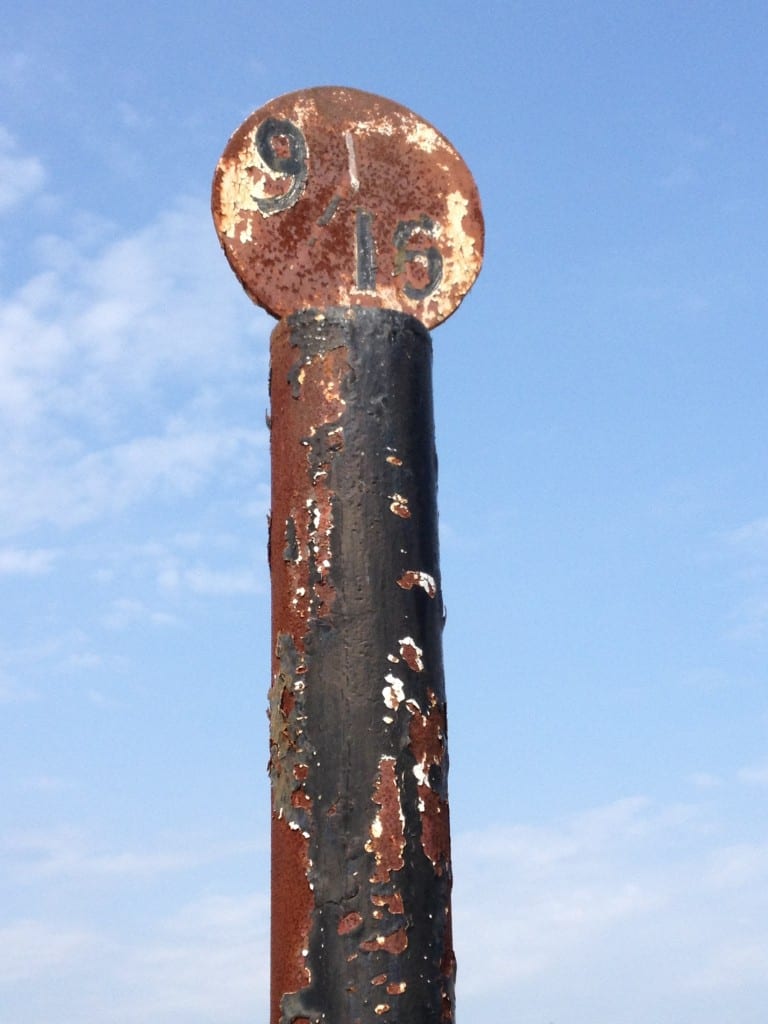
In December 1972, the ownership group behind Bowie, Hambros Ltd., purchased Marlboro from Casey, Schwartz, and other investors for the original $2.4 million price plus 30% of the value of the merged Bowie-Marlboro operation. In a time when calls to consolidate racing to the track’s major tracks were growing louder, Bowie’s purchase of Marlboro effectively closed the smaller, dilapidated facility; the larger track petitioned to add Marlboro’s dates to its own, allowing it to run 96 days in 1973.
Both Pimlico and Laurel objected to the extra dates but were unable to purchase those extra dates in 1974, saying the price that Bowie was asking was too high. By 1975, the dates that formerly belonged to Marlboro were now Bowie’s, giving the track dates January 2-March 15 and then May 27-July 19.
That same year, Mandel and five others were indicted on federal mail, racketeering, and bribery charges related to the sale of Marlboro in 1971-1972. The charges alleged that Mandel used his position as governor to pass legislation that bolstered Marlboro’s value in exchange for more than $350,000 worth of loans, gifts, and other favors.
Among those also charged were Marlboro investor Ernest Cory, Jr., and Irvin Kovens, Mandel’s fundraiser. The trial also exposed fellow defendants W. Dale Hess, former majority leader of the House of Delegates, and brothers William A. and Harry W. Rodgers III, Hess’s business partners, as also buying into the racetrack. All were convicted, with Mandel sentenced to four years in prison and was forced to step aside for the remainder of his final term in office.
After a series of legal wranglings surrounding his conviction, Mandel finally reported to a federal prison camp at Eglin Air Force Base in Florida in May 1980, serving 19 months before President Ronald Reagan commuted the remainder of his sentence in December 1981.
Six years later, U.S. District Court judge Frederic Smalkin overturned the convictions, and a year later, the U.S. 4th Circuit Court upheld that ruling, ending Mandel’s Marlboro woes for good.
“I said then, and I say now, that I never did anything illegal as governor of Maryland,” Mandel wrote in his 2010 book, I’ll Never Forget It: Memoirs of a Political Accident from East Baltimore.
Marlboro had a brief return to racing for five years starting in 1988, hosting an annual two-day meet that drew large crowds. Since, the former Marlboro Race Track has become the Prince George’s Equestrian Center and Show Place Arena, the former racing oval still home to equine pursuits of all sorts, a fitting legacy for an area that has been home to horses since Maryland’s colonial days.
Mandel’s official portrait was hung in the Governor’s Reception Room at the State House in 1993, a symbolic cleansing of sorts.
Marvin Mandel passed away in 2015, his legal woes residing alongside his legacy of progress in the long memory of the Old Line State.
SOURCES
PRINT SOURCES
Austin, Dale, “Casey Heads Marlboro as President,” Baltimore Sun, Baltimore, MD, January 30. 1971.
Austin, Dale, “Casey Only Minority Stockholder at Marlboro,” Baltimore Sun, Baltimore, MD, August 19, 1972.
Austin, Dale, “Commission Assigns Same Maryland Race Dates,” Baltimore Sun, Baltimore, MD, October 10, 1973.
Austin, Dale, “Elimination of One Track Opposed By Owners,” Evening Sun, Baltimore, MD, December 15, 1970.
Austin, Dale, “Eugene Casey, New Marlboro Owner, Sees ‘Renaissance’ for State Racing,” Baltimore Sun, Baltimore, MD, January 3, 1972.
Austin, Dale, “Hagerstown-At-Laurel Meet Draws Marlboro Objection,” Baltimore Sun, Baltimore, MD, July 9, 1971.
Austin, Dale, “Hagerstown Shifts Dates to Marlboro,” Baltimore Sun, Baltimore, MD, March 5, 1971.
Austin, Dale, “Marlboro-Bowie Shift Approved Over Dissent,” Baltimore Sun, Baltimore, MD, June 2, 1973.
Austin, Dale, “Marlboro Race Course Brings $2.4 Million,” Evening Sun, Baltimore, MD, December 31, 1971.
Austin, Dale, “Marlboro Race Dates Still Up in the Air,” Baltimore Sun, Baltimore, MD, March 11, 1973.
Austin, Dale, “Marlboro Track Wins Dates Tug-of-War,” Evening Sun, Baltimore, MD, October 10, 1972.
Austin, Dale, “Three Tracks Agree to Merger,” Baltimore Sun, Baltimore, MD, March 4, 1972.
Austin, Dale, “Track Merger Official,” Baltimore Sun, Baltimore, MD, December 3, 1972.
Beard, Gordon, “Bowie Desires Marlboro Dates,” Daily Mail, Hagerstown, MD, May 23, 1973.
Beard, Gordon, “Hagerstown’s Racing Dates May Go to Laurel this year,” The Cumberland News, Cumberland, MD, June 9, 1971.
Boniface, William, “Pimlico, Laurel Call Off Deal,” Evening Sun, Baltimore, MD, January 31, 1974.
“Bowie Group Sues Director,” The Capital, Annapolis, MD, March 10, 1972.
Campbell, Colin, and Dresser, Michael, “Former Governor Dies at 95,” Baltimore Sun, Baltimore, MD, August 31, 2015.
Edsell, Thomas, B., “Administration Moves Aid Track Group,” Evening Sun, Baltimore, MD, October 17, 1973.
Edsall, Thomas B., “Mandel Owes Debt to Racing Interests,” Evening Sun, Baltimore, MD, March 21, 1972.
Edsall, Thomas, B., “Why Horse Racing in the State…” Baltimore Sun, Baltimore, MD, December 7, 1975.
Goeller, David, “Sports Groups Aplly8ing New Political Pressure,” Evening Sun, Baltimore, MD, April 19, 1972.
“Hagerstown Given Choice of Racing Dates for ’71,” Daily Mail, Hagerstown, MD, January 30, 1971.
“Hagerstown Track May Shut Down, Sell Racing Dates to Marlboro,” Daily Mail, Hagerstown, MD, March 5, 1971.
“Hagerstown Distributes Horse Racing Hayden, Bernie, “Mandel to Act on Track Bill Today,” Morning Herald, Hagerstown, MD, May 28, 1971.
Hass, Cliff, “Mandel Sentenced to Four Years in Jail,” Daily Mail, Hagerstown, MD, October 7, 1977.
Hayden, Bernie, “Governor Vetoes Local Race Track Bill,” Morning Herald, Hagerstown, MD, May 29, 1971.
Hayden, Bernie, “Transfer of Local Race Dates Next,” Daily Mail, Hagerstown, MD, June 4, 1971.
Hill, Frederic B., “Analysis: Marlboro Rounds the Turn at Annapolis,” Baltimore Sun, Baltimore, MD,April 10, 1972.
Hill, Frederic B., “Bowie, Second Track to Merge,” Baltimore Sun, Baltimore, MD, December 2, 1972.
Hill, Frederic B., “Track Interest Admitted,” Baltimore Sun, Baltimore, MD, April 3, 1972.
Lang, Charles, “Marlboro-at-Bowie Meet Successful,” Evening Sun, Baltimore, MD, October 16, 1973.
“Mandel Convicted,” The News, Frederick, MD, August 23, 1977.
“Mandel Indicted,” Anderson Daily Bulletin, Anderson, IN, November 25, 1975.
“Mandel Says Odds Against Track Sale,” Morning Herald, Hagerstown, MD, March 9, 1971.
“Mandel Sentenced to Prison,” The Cumberland News, Cumberland, MD, October 8, 1977.
“Marlboro Asks Date Switch to Bowie,” Morning Herald, May 23, 1973.
“Marlboro Denies Sale to Other Tracks,” Baltimore Sun, Baltimore, MD, December 26, 1971.
“Marlboro Track Says It Wil Enforce ‘Contract’ For Race Dates,” Daily Mail, Hagerstown, MD, July 10, 1971.
“Track Officials Sign Sale Agreement for Racing Dates,” Morning Herald, Hagerstown, MD, March 6, 1971.
Whittington, Gene, “Marlboro Merger Rumored Pending,” Evening Sun, Baltimore, MD, September 11, 1972.
LATEST NEWS


